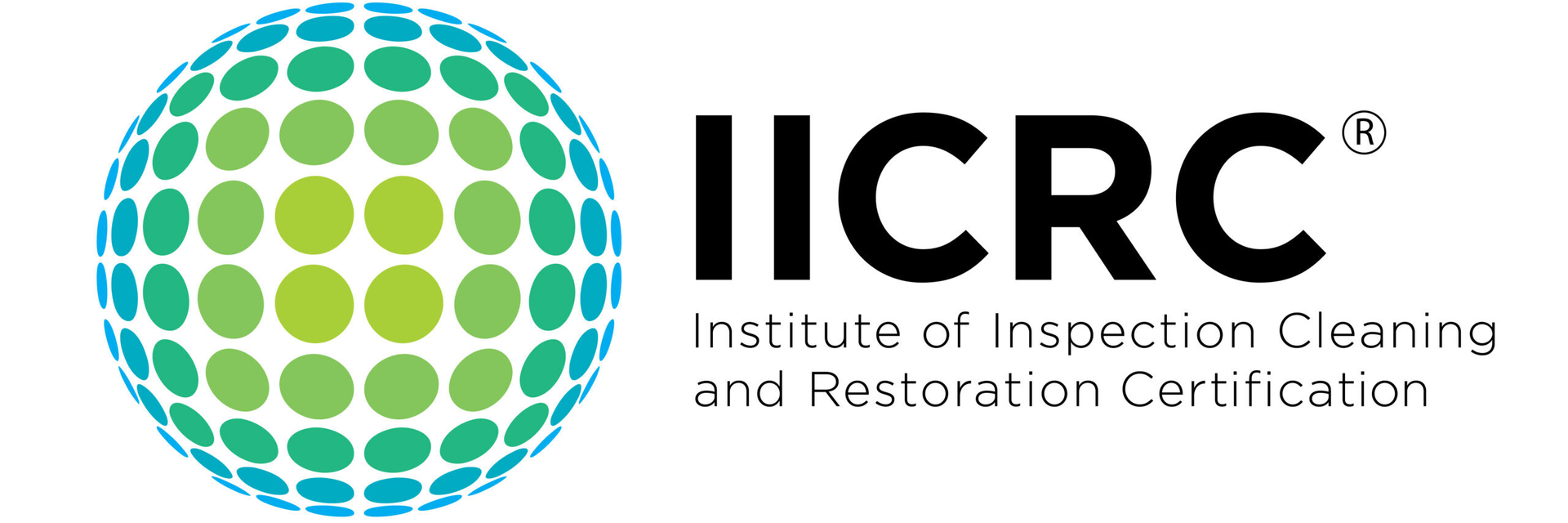
(5.0) Overall Rating
People & Property Matter
Mold Facts and Information
Over 25 Years of Experience | Locally Owned | Free Estimates*
Over 25 Years of Experience
Locally Owned
Free Estimates
Residential & Commercial
Available 24/7
What to Know to Identify Potential Mold in Your Home
Molds, a subset of fungi, are ubiquitous on our planet. Fungi are found in every ecological niche and are necessary for recycling organic building blocks that allow plants and animals to live.
The group “fungi” includes yeasts, molds, mildews, giant mushrooms, puffballs, and bracket fungi that grow on dead trees. Fungi need external organic food sources and water to be able to grow.
Molds can grow on cloth, carpets, leather, wood, sheetrock, and insulation (and on human foods) when moist conditions exist (Gravesen et al., 1999).
Because molds grow in moist or wet indoor environments, people can become exposed to mildew and their products by direct contact on surfaces or through the air if mold spores, fragments, or derivatives are aerosolized.
Many molds reproduce by making spores, which, if they land on a moist food source, can germinate and begin producing a branching network of cells called hyphae.
Molds have varying requirements for moisture, food, temperature, and other environmental conditions for growth. Indoor spaces that are wet, and have organic materials that mold can use as a food source, can and do support mold growth.
Mold spores or fragments that become airborne can expose people indoors through inhalation or skin contact.
Mold spores are fungal reproductive cells about the same size as pollen grains. They can occur in various colors and shapes, such as round, spheroid, banana-shaped, or tadpole-shaped. They can occur in enormous quantities and at all times of the year. Mold spores can be found and generated at severe levels indoors and out.
Fungi can invade healthy individuals and can cause a variety of effects. The most common response is allergies (runny nose, sneezing, sinus congestion, and skin rashes). Allergies result from inhaling mold spores. When environmental conditions become conducive, many molds develop fungal hyphae, small appendages
containing spores.
These spores are analogous to plant seeds and can be spread by billions when air currents pass over the hyphae. Even dead fungi are capable of causing
allergic symptoms.
Mold spores can be airborne and get indoors through doors, windows, cracks, crevices, or be carried in from the outdoors on shoes and clothing. Building materials left outside before use can harbor viable (living) mold spores for many years.
Indoor environments are never entirely free of molds. As a general rule of thumb, in a “healthy” building, the concentration of spores and the mix of mold species tend to be similar to outdoor environment levels.
If buildings are air-conditioned or windows and doors are kept closed in summer, the concentration of spores within should be lower than outside levels. High moisture (above 70.0% relative humidity) in a building will invariably lead to mold, mildew, or other microbial growth.
This growth requires four things: a nutrient source (found in most building materials), proper temperature (usually found indoors), mold spores (ubiquitous in ambient air), and water.
Some molds also produce toxins that are thought to be used to kill competing molds in their vicinity. These toxins can also have deleterious effects on humans when inhaled or in contact with the skin.
The fungi that produce toxins are known as toxigenic fungi. Many fungi produce secondary toxic metabolites, which can have adverse health effects (mycotoxicoses) in animals and humans. These metabolites are collectively known as mycotoxins.
The latest World Health Organization (WHO) publication on mycotoxins, available in 1990, indicated that a variety of common fungi produces more than 200 mycotoxins.
Historically, mycotoxins are a problem for farmers and food industries in Eastern European and third world countries. However, many toxigenic fungi, such as Stachybotrys chartarum (also known as Stachybotrys atra) and species of Aspergillus and Penicillium, have been found to infest buildings with known indoor air and building-related problems.
Many indoor air-quality problems have been traced to the growth of fungus in buildings. Almost without exception, these buildings have usually had chronic water or moisture problems.
Mold can be a health hazard to many people. The young and elderly are especially susceptible to the dangers of mold. If you’ve had a recent flood, call Mold Eliminators today to have your home checked for mold.



Share On: